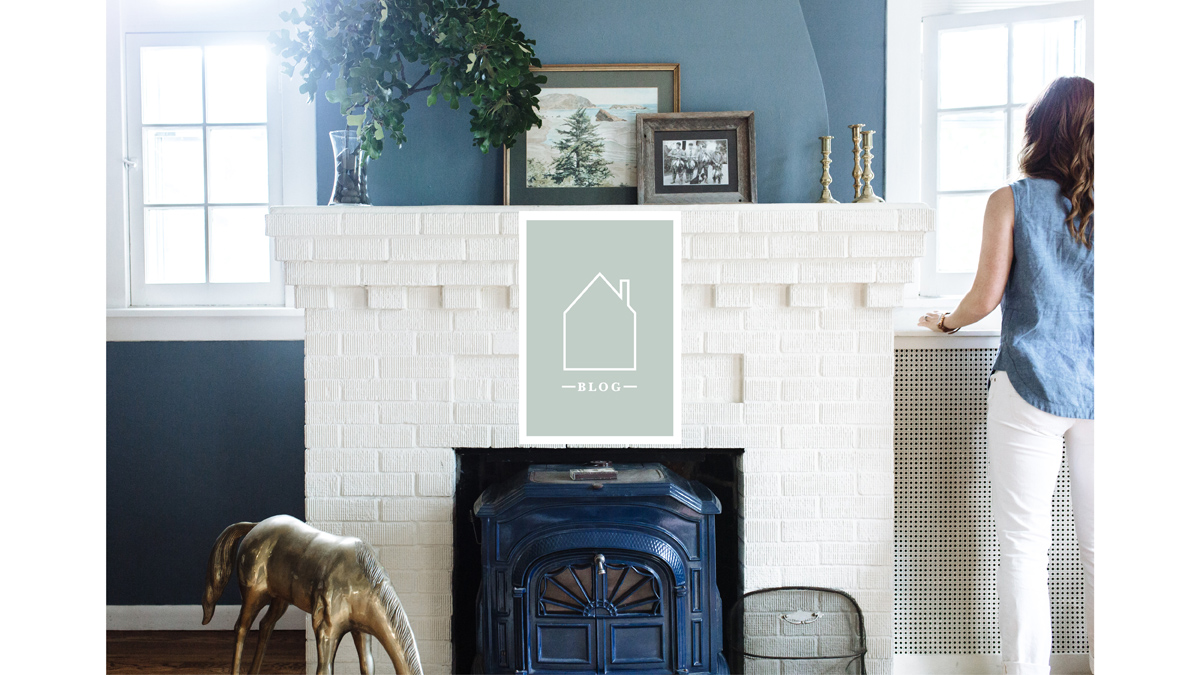ratios for determining how much house you can afford
Emily Oster
Two weeks ago, I featured a home-buying inographic that presented a few ways to begin to understand how much house you can afford. There are several different ratios out there to consider when first determining what you can afford and I wanted to break them down a bit.
1. Price to Income Ratio - This ratio takes the price of the house and divides it by an individual's annual income. The national ratio (median home price/median annual income) is somewhere between 2.5 and 2.7. For example, if you make $100,000/year you can afford a home that costs between $250,000 and $270,000. Or if you live in an area where the median income is $100,000 you can expect the median home in your area to cost in that same price range. Another way of thinking about it is 3 times your gross income minus your debts.
The national ratio has remained constant for the past 30 years indicating that generally speaking housing prices have successfully fluctuated over time and with the economy. However, a recent article by Forbes in conjunction with Zillow, predicts a problematic trend. According to the article, historically low mortgage rates (which are translating into big savings for homeowners) are masking a change in the price to income ratio. Essentially, the position is that while home prices have been increasing for the past year or so median wages have not. This means that price to income ratios are on the rise. This results in potentially a large problem in that once mortgages rates rise, the market will be left with an excess of homes that are too expensive to afford for the average individual. Stan Humphries, Zillow Chief Economist, explains it by stating "Current affordability is almost entirely dependent on low interest rates, and there's no doubt that rates will begin to rise in the next few years. This will have an undeniable effect on demand for housing, as home buyers will have to spend more of their incomes to buy a home. Home values will have to either remain stagnant while incomes catch up or, quite possibly, home values will have to fall in some markets" (Forbes). Continue on to the Forbes article to learn more as well as to see a chart that compares the price to income ratios of the U.S.'s 30 largest metro areas.
2. Affordability Index - This index sometimes called the debt or front-end income ratio is concerned with the percentage of monthly income that goes towards mortgage payments. For example, if you made roughly $8300/month or $100,000 a year and you had a mortgage payment of $1045 you would spend approximately 12.6 percent of your monthly income on your mortgage (the national average at the end of the fourth quarter in 2012). This current average of 12.6 percent is considered a historical low as from 1985 to 1999 homeowners on average spent 19.9 percent of their monthly income on their mortgage payments. In one article I read, they reported that most mortgage lenders recommend that a mortgage payment not exceed 28% of a person's gross monthly income. This can be calculated by multiplying an annual salary by 0.28 and dividing by 12 months. So if you made $100,000 and spent 28% of your income on a mortgage payment you could expect to pay $2300/month. By this calculation/percentage indicator someone can "afford" a much more expensive house or take on a shorter loan. This begins to reveal how difficult it is to really understand how much house you can afford.
3. Total Debt-to-Income Ratio - This ratio also know as the back-end ratio looks at what percentage of your income goes toward all debt obligation. This includes your mortgage, credit cards, student loans, car payment etc. In an article by SFGate, it is stated that this percentage should not exceed 36 percent of your gross monthly income. So using the same salary of $100,000 multiplying it by .36 and dividing it by 12 months this person's total debt payment should not exceed $3000 a month. While this ratio is not discussed as often, I think it is particularly important to current and future home-buyers as most people today are paying off some sort of student debt.
Ultimately, it will be your lender who determines how much you can afford. However, if you leave it just up to them and don't do your research and consider all the factors you might end up spending quite a bit more than you reasonable should be. That is why it is so important to educate yourself so that you can be a responsible home-buyer!
 asdfsdf
asdfsdf

